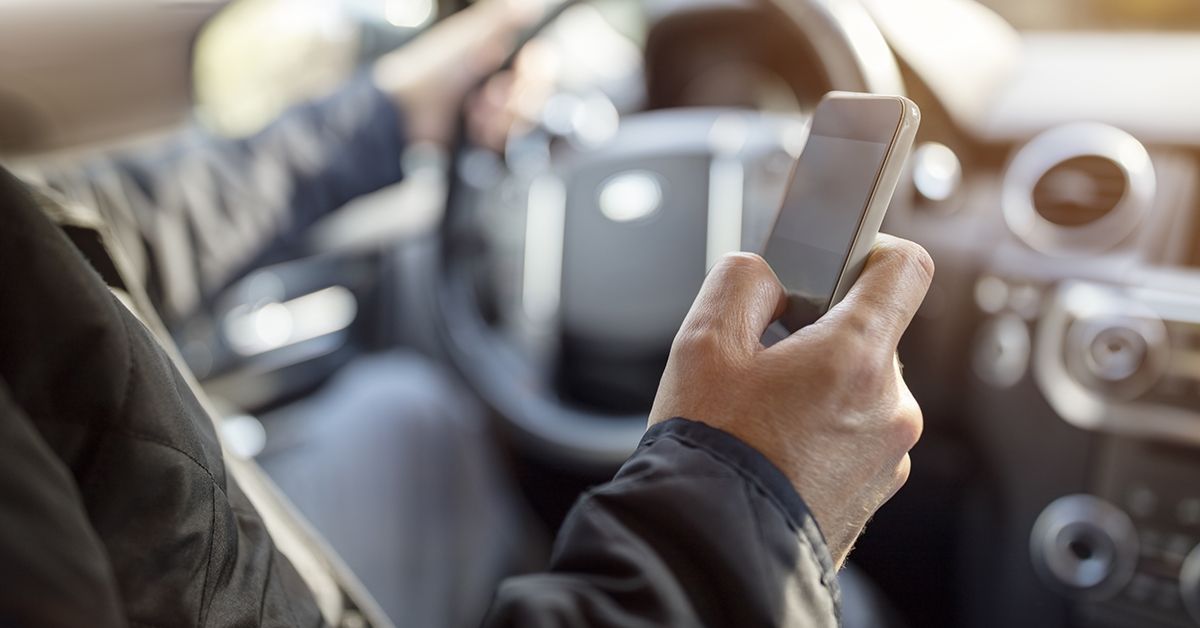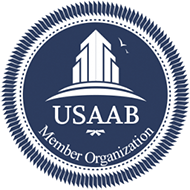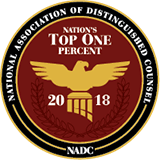
We all know that distracted driving runs rampant in West Virginia. Take a ride down the highway or interstate of your choice, and you’ll likely spot more than one person goofing around with the radio or using their phone.
We also all understand that distracted driving is incredibly dangerous. National studies have consistently shown that even people who text while they drive know that it’s dangerous… they just believe (inaccurately) that they’re better at it than everyone else.
Tragically, those same people may be the ones who end up in statistics like this one: distracted driving accounts for 11.1% of traffic fatalities nationwide.
If you get injured by a distracted driver in West Virginia, you are entitled to recover financial compensation for your damages.
“But how can I prove the other driver was distracted in a car accident?” you might ask. After all, distraction is ultimately a state of mind… and states of mind aren’t always easy to prove.
Sure enough, proving distracted driving can be a challenge, but it isn’t impossible. In fact, as Morgantown auto accident lawyers, we have successfully represented many people who’ve been injured by distracted drivers in West Virginia. In this article, we’ll look at just a few of the ways we might be able to prove the other driver was distracted in your car accident.
There Are Many Types of Distracted Driving
First, it’s important to stress that when we talk about distracted driving, we aren’t only talking about cell phones.
Yes, texting while driving is among the most common and most dangerous forms of distracted driving. To that end, this article will include a discussion about how to prove the other driver was texting in a car accident in West Virginia.
There are many other kinds of distracted driving, and they can be just as dangerous. Common examples include:
- Eating or drinking
- Checking one’s appearance in the mirrors
- Reaching for items in other seats or consoles
- Interacting with children or other passengers
- Adjusting the radio or GPS
- Reading books, maps, or other materials
- Applying makeup, lipstick, eye drops, contact lenses, etc.
- Rubbernecking
- Daydreaming
- Using a smartphone for non-texting distractions (e.g. email, games, video, social media, phone calls, etc.)
Any type of distracted driving may constitute negligence under West Virginia personal injury law.
The Standard of Proof for Distracted Driving in a Personal Injury Claim
It’s also important to understand the difference between the law enforcement penalties for texting and driving in West Virginia (which may be adjudicated in traffic court or criminal court) and your personal injury claim (a non-criminal matter which is governed by a separate set of rules and legal standards).
- You may have a claim for personal injury compensation regardless of whether the driver is ticketed for distracted driving.
- Drivers may be held civilly liable for any form of distracted driving that causes injury to someone else.
- While the standard of proof in a criminal case is “beyond a reasonable doubt,” civil personal injury claims in West Virginia are held to a slightly lower burden of proof: “a preponderance of the evidence” (which may be described as “more likely than not”).
In considering how to prove the other driver was distracted in a car accident for purposes of an insurance claim / personal injury action, it is helpful to keep these distinctions in mind.
7 Ways to Prove the Other Driver Was Distracted in a Car Accident in WV
Phone Records + Cell Phone Evidence
If the driver was texting or talking on the phone at the time of your crash, we may be able to access his or her cell phone records as proof. Sometimes, a police officer will actually inspect or seize a cell phone at the scene of the accident, which may produce additional cell phone evidence to bolster your claim.
The “Electronic Trail”
In today’s world, a whole universe of technology exists within a single cell phone. Some phone-related distractions won’t show up in traditional cell phone records: encrypted instant messaging, email transmissions, web browsing, social media interactions, and so on. But generally speaking, these things do leave an electronic trail. It may be possible to follow that trail back to the time of your accident and uncover proof of distraction. Depending on the circumstances, it may even be worthwhile to hire experts who can help to find electronic evidence of distracted driving, or we can just subpoena data records.
Witnesses from the Scene
Other people might be willing to offer testimony about what they saw at the scene of the crash. Passengers, pedestrians, people in nearby vehicles, and others in the area might have noticed a driver using their phone, engaging in horseplay, or otherwise failing to pay attention.
The Distracted Driver’s Vehicle Data
Many newer vehicles come with high-tech computer equipment built inside the car. If the driver was adjusting the radio, nav system, or other electronic controls when the crash happened, there might be a digital record. The same data might also offer proof of speeding, failure to wear a seatbelt, improper maintenance, or other safety violations.
Expert Accident Reconstruction Evidence
As Morgantown auto accident lawyers, we sometimes hire crash reconstruction experts to help us demonstrate to a jury (or an insurance adjuster) how an accident happened. In many cases, there may be physical evidence that suggests the driver was distracted or otherwise failed to act reasonably.
Law Enforcement
The official police report might include the responding officer’s own observations about distraction, as well as any statements that people at the scene made about cell phone use or other distractions. The at-fault driver might even have confessed to a distraction while talking with the officer. If so, that statement is likely to appear in the report, and it may be possible to call the officer to testify in support of their report.
Photographs & Video Evidence
Sometimes, proof of distracted driving gets captured on footage from traffic cameras, people in the area, or surveillance cameras at nearby organizations. You can also help by capturing as many photographs as possible (as well as video) while still at the scene of the crash. If it’s safe to do so, try to photograph anything that might suggest the driver was texting or distracted.
Schedule a Cost-Free, No-Obligation Legal Consultation Today
Want to learn more about how you can prove the other driver was distracted in a car accident in West Virginia? We invite you to contact our office and schedule a free, confidential consultation with our Morgantown auto accident lawyers.
In the majority of our cases, we have been able to negotiate favorable settlements without going to trial, getting our clients more money than the insurer was willing to offer before we got involved.
We fight to maximize compensation. Let us fight for you. Colombo Law proudly serves accident victims across the whole state of West Virginia, not only in Morgantown but also in Bridgeport, Buckhannon, Clarksburg, Elkins, Fairmont, Parkersburg, and Weston.
A strict legal time limit (i.e. statute of limitation) applies to most West Virginia distracted driving claims, so please don’t delay. Contact Colombo Law and schedule a free case review right away. Just dial 304-599-4229 (888-860-1414 outside of Morgantown) or contact us online.










